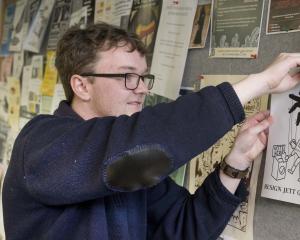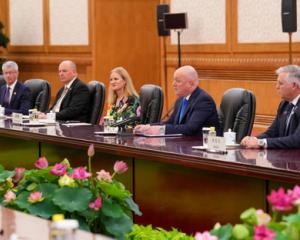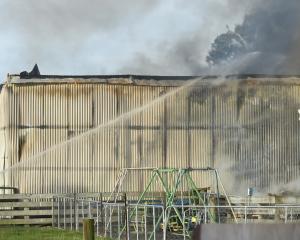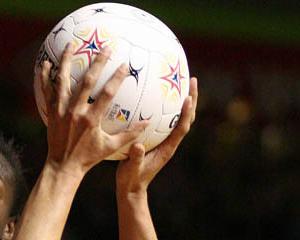

The Socialist President (Herr Loebe) spoke, saying that he hoped the economic reconstruction of Germany which had begun under Herr Ebert, and also the policy of mutual understanding in foreign affairs, would be continued. Hindenburg read a statement affirming that he would devote himself to uniting the German people. The Deputies, rising in their seats, gave three cheers for the German Republic. Hindenburg then left, accompanied by Ministers. He took the salute from a regiment of the Reichwehr, the crowd chanting "Deutschland Uber Alles."
The oath that Hindenburg took on the assumption of his seven years of office as President of the Republic runs: "I swear to dedicate my powers to the welfare of the German people, to enlarge their sphere of usefulness, to guard them from injury, to observe the Constitution and laws of the federation, to fulfil my duties conscientiously, and to do justice to every man." The President’s powers under the Constitution are strictly defined and limited: declaration of war or the conclusion of peace with foreign countries is dependent on the passing of a Federal law.
Silent reverence
Wellington, May 13: The casket bearing the mortal remains of the late Prime Minister lay throughout to-day in state in the vestibule of Parliament buildings, and thousands of people took the opportunity of paying a silent tribute to the memory of the dead. The casket, covered by the Union Jack, was mounted on a gun carriage, drawn by six horses, and manned by a detachment of the Royal New Zealand Artillery. The casket was laid with the head to the east, and at head and foot stood sailors of New Zealand’s navy with arms reversed, and at the sides were soldiers in a similar attitude. The scene was highly impressive.
Endowment taking shape
Work is now being steadily carried out by the Harbour Board in preparation for the railway line which is to link up the new shed in course of erection at Kitchener street wharf with the general railway system. Stone is being taken from the board’s quarry at Anderson’s Bay, and is being carried in trucks drawn by a small engine over the line built on the retaining wall at the head of the harbour to the foreshore adjacent to the Otago Rowing Club’s sheds. The line over the retaining wall, it may be said, is in places of the switch-back variety. The stone is being tipped on the foreshore, and it will form an embankment from the end of the retaining wall to the southern end of the Kitchener street wharf. The line from the main system will come in near the old dairy store and over the tip — but a great deal of filling has to be done here first in order to carry the line and construct the stone embankment to the Kitchener street shed. When the stone required has been brought across from the Anderson’s Bay quarry the engine and trucks will be conveyed to the Mole, where building-up operations are to be conducted. — ODT, 14.5.1925
Compiled by Peter Dowden












